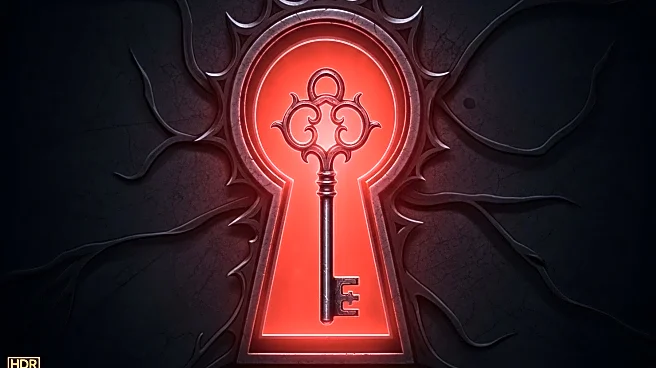Rapid Read • 7 min read
Ken Levine's upcoming game, Judas, has reemerged with a new development log highlighting its innovative 'Villainy' system. This system allows players to influence the identity of the game's villain through their choices. Inspired by the Nemesis system from Middle Earth: Shadow of Mordor, Judas features three main characters whose relationships with the player evolve based on interactions. Players can befriend these characters, but one will eventually become the villain, gaining new abilities to challenge the player's goals. The game aims to create a dynamic narrative where losing a character feels like losing a friend, emphasizing the importance of player choice.
AD
The introduction of the 'Villainy' system in Judas represents a significant shift in narrative design within the gaming industry. By allowing players to dictate the villain's identity, the game offers a personalized experience that could redefine player engagement and storytelling. This approach may influence future game development, encouraging more interactive and player-driven narratives. The system's complexity also highlights the potential for deeper emotional connections between players and characters, enhancing the overall gaming experience.
Ghost Story Games, the studio behind Judas, plans to continue developing the 'Villainy' system, incorporating feedback from extensive playtesting. While a release date has not been set, the game is expected to launch on Xbox, PC, and PlayStation. As development progresses, players can anticipate further updates and insights into how their choices will shape the game's narrative. The success of this system could lead to its adoption in other games, potentially influencing the industry's approach to character development and storytelling.
AD
More Stories You Might Enjoy










